Cooking bone-in meats isn’t just old-school cool—it’s smart. These cuts bring more flavor, better texture, and serious value to your kitchen. But they also come with their own set of quirks, and if you’ve ever struggled with uneven cooking or dry results, you’re not alone. This guide will walk you through why bone-in cuts matter, how to nail the technique, and what to do to get the most out of every meaty bite.
The Science Behind Better Flavor
The magic of bone-in cooking isn’t just kitchen myth – it’s backed by culinary science:
- Flavor Development: Bones conduct heat slowly and evenly, helping proteins cook gently. This allows muscle fibers to retain moisture.
- Marrow Magic: Bone marrow and surrounding connective tissue break down during cooking, enriching your dish with a rich, deep umami.
- Chef-Approved: Bone-in cuts are prized by chefs because they hold up to high heat, deliver robust flavor, and often come with a built-in presentation wow factor.
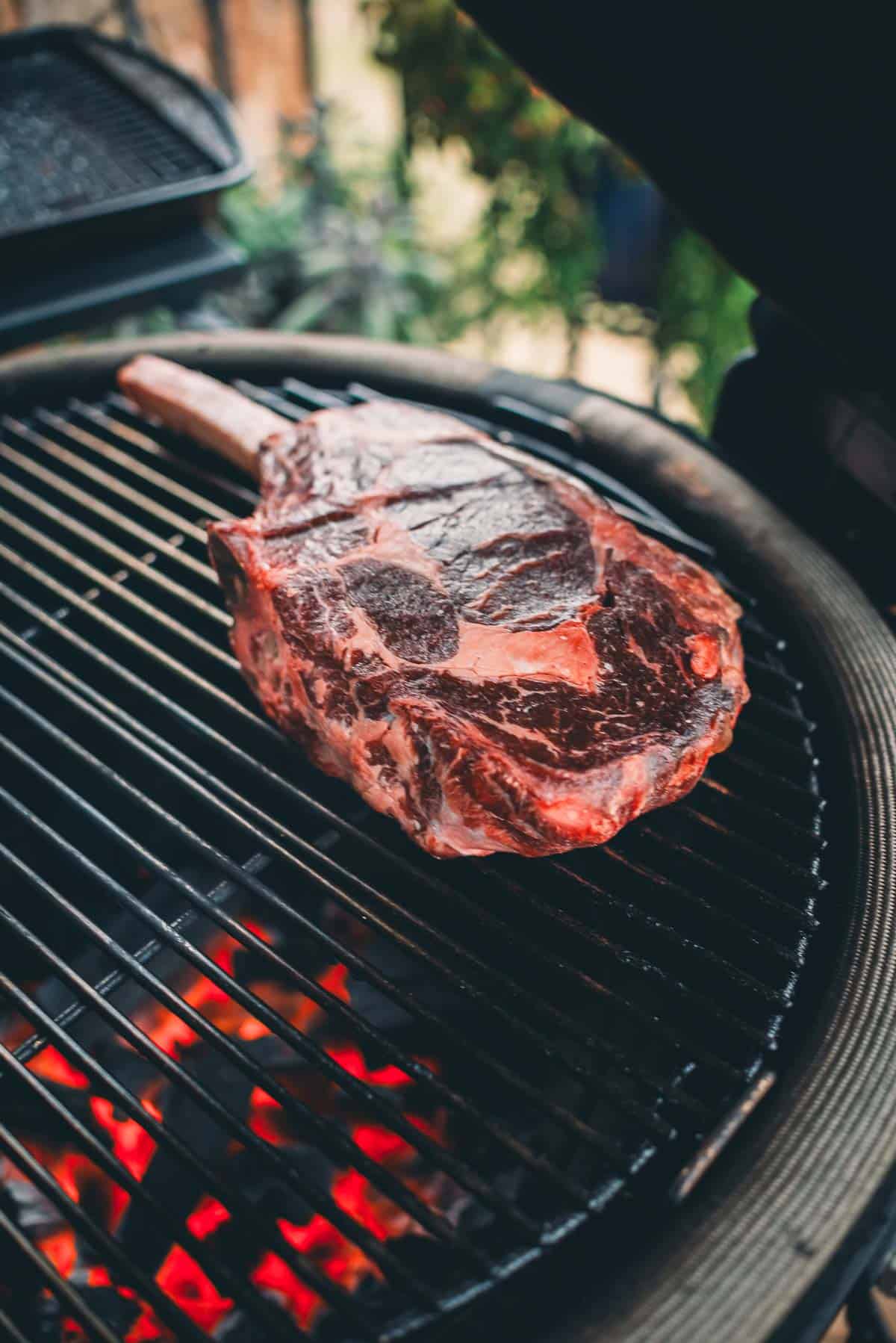
Bone-In Cuts Worth Buying
Beef
- Bone-in Ribeye (Cowboy Steak): The ultimate expression of beef flavor, with the bone enhancing the rich, buttery taste of the ribeye.
- T-bone and Porterhouse: Two steaks in one – strip steak and tenderloin separated by a T-shaped bone that intensifies both sides.
- Short Ribs: Deeply marbled meat attached to sections of rib bone, perfect for slow cooking methods.
- Oxtail: Segments of tail with meat surrounding vertebrae, producing extraordinarily rich braises.
Pork
- Bone-in Pork Chops: Far juicier than boneless chops, with the bone preventing the lean meat from drying out.
- Pork Shoulder (Boston Butt): The blade bone adds flavor while the surrounding fat renders during slow cooking.
- Baby Back Ribs: Smaller, more tender ribs from the top of the rib cage.
- Spare Ribs: Larger, meatier ribs from the belly side, with more fat and connective tissue.
Poultry
- Whole Chicken: The classic bone-in preparation that provides endless versatility.
- Chicken Quarters: Thigh and leg connected by joint, offering dark meat perfection.
- Chicken Thighs: The single most forgiving cut of chicken, nearly impossible to overcook.
- Turkey Legs: Deeply flavored dark meat that benefits from slow cooking methods.
Lamb
- Lamb Shoulder Chops: More affordable than rib or loin chops, with exceptional flavor.
- Rack of Lamb: The premium bone-in cut, with meat attached to the curved rib bones.
- Lamb Shanks: Front or rear leg portions that become fork-tender when braised.
Join thousands of readers who trust us for expert tips, mouthwatering recipes, and step-by-step guides that help you to cook like a pro. Subscribe to Girl Carnivore here.
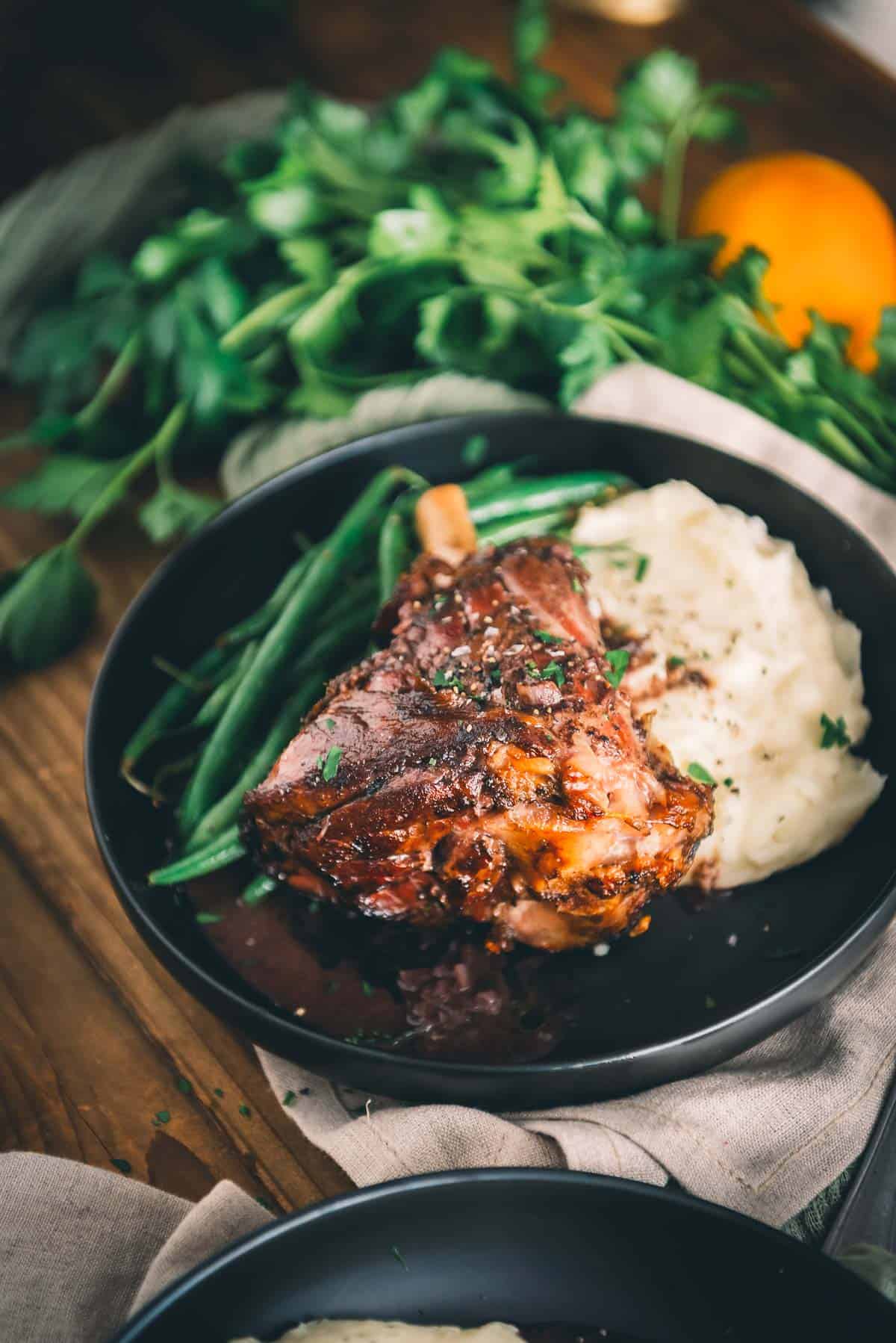
Essential Techniques for Bone-In Cooking
When grilling or searing bone-in cuts, remember these principles:
Direct Heat Methods
Indirect Heat Methods
- Low and Slow: Use for ribs, shanks, and roasts smoker recipes
- Braising: Great for short ribs, pork shoulder, and lamb shanks
- Dutch Oven/Pressure Cooker: Lock in moisture and accelerate cook times
See our full breakdown of direct and indirect heat zones to learn more.
Special Considerations
- Uneven Cooking: Bones can cause hot and cool zones
- Thermometer Placement: Always check meat temp away by inserting the probe away from bone
- Resting Time: Crucial to redistribute juices, especially in larger cuts
Recipe Templates for Bone-In Cuts
- Bone-in Ribeye: Salt 1 hour ahead, grill over high heat, rest 10 minutes
- Pork Shoulder: Dry rub, smoke at 225°F, wrap at 165°F, pull at 203°F
- Braised Short Ribs: Sear first, simmer in red wine/broth mixture for 3 hours
- Roast Chicken: Truss, season generously, roast at 425°F until 165°F internal temp
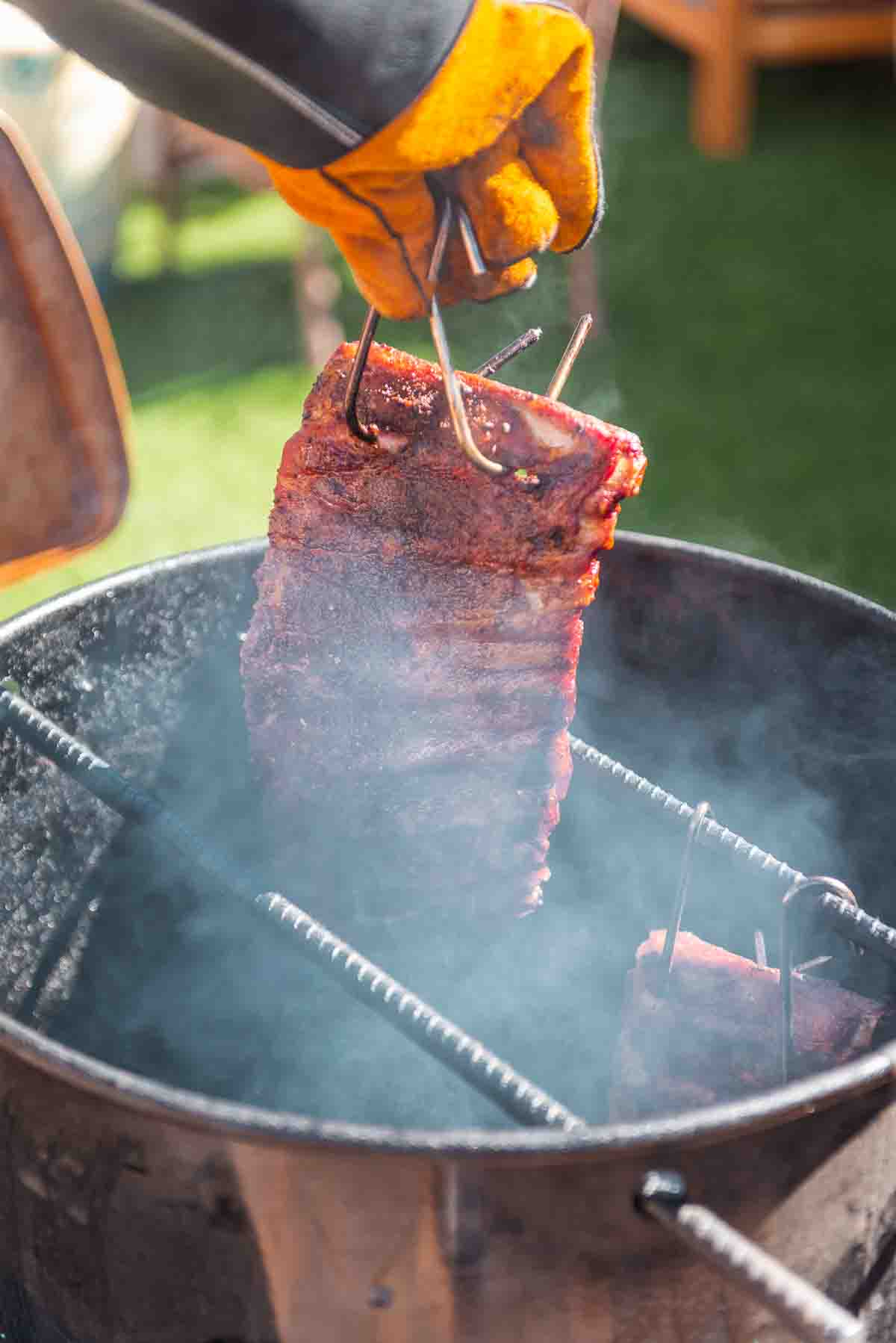
Maximizing Value
Bone-in cuts offer value beyond the initial meal:
- Make Broth: Save bones from your meals in a labeled freezer bag until you have 2-3 pounds, then simmer with vegetable scraps for homemade broth.
- Render Every Drop: After braising, refrigerate the liquid overnight. The fat will solidify for easy removal, leaving concentrated bone-enriched stock.
- Bone Marrow: For larger bones like beef shanks, roast the bones after cooking and spread the marrow on toast for a chef’s treat. It’s called the meat butter for a reason.
Troubleshooting Common Issues
- Uneven Cooking: Rotate cuts as needed, use indirect zones
- Flare-Ups: Use a drip pan or trim excess fat
- Doneness: Use a digital meat thermometer and know your target temps
Cooking bone-in cuts requires a little more TLC than boneless options, but the flavor reward is well worth the small learning curve. The bones themselves tell you when the meat is done – with cuts like ribs, the meat begins to pull away from the bone at perfect doneness.
Start with more forgiving cuts like chicken thighs or pork shoulder before advancing to bone-in steaks or rack of lamb. With each bone-in cooking experience, you’ll gain confidence in these techniques while enjoying meals with deeper flavor and better value.
Remember, bone-in cuts aren’t just for pros. With some practice, anyone can cook them to tender, juicy, flavorful perfection. From grill to braise, bone-in meats deliver the maximum return on flavor and value. So grab that cowboy steak by the bone and get cooking.
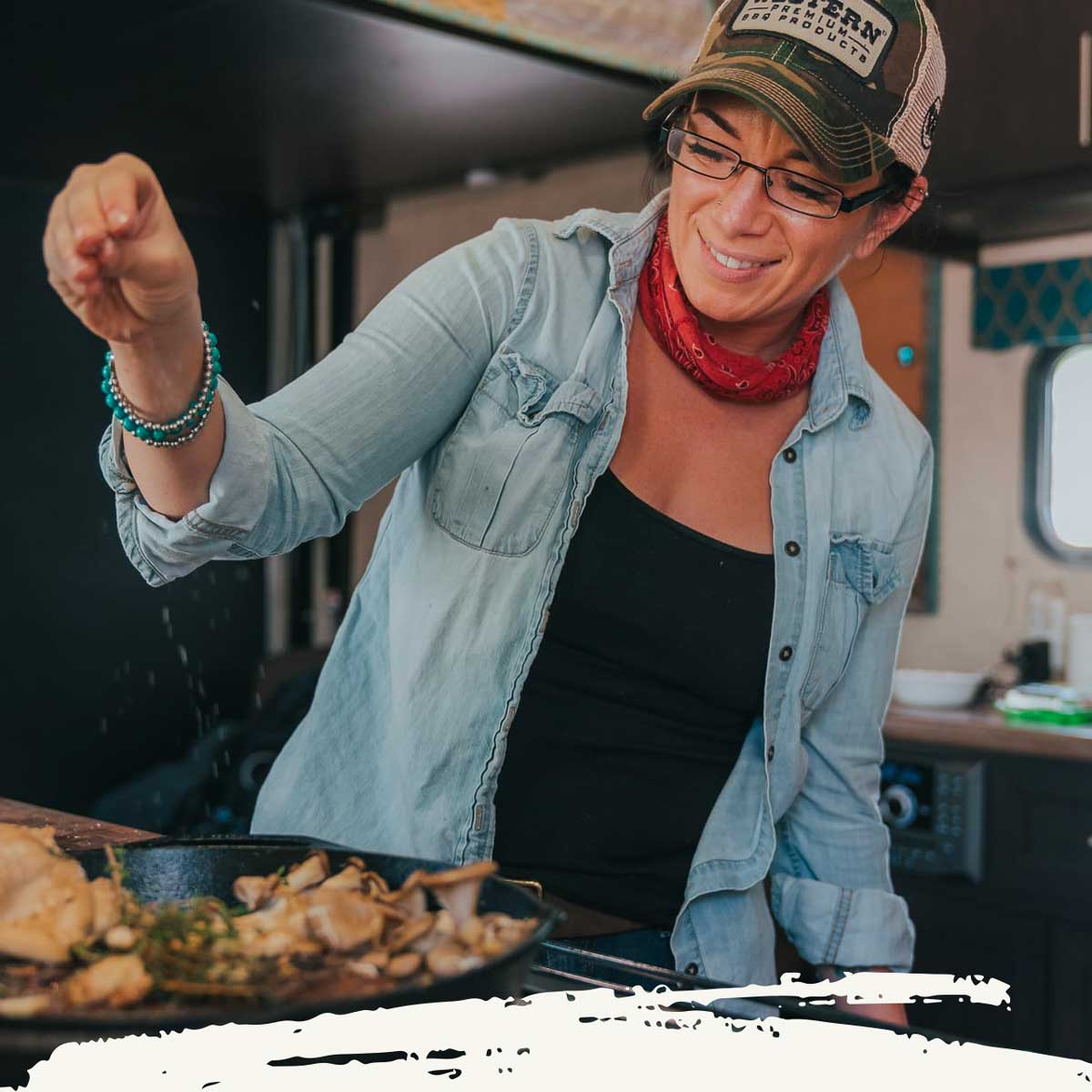
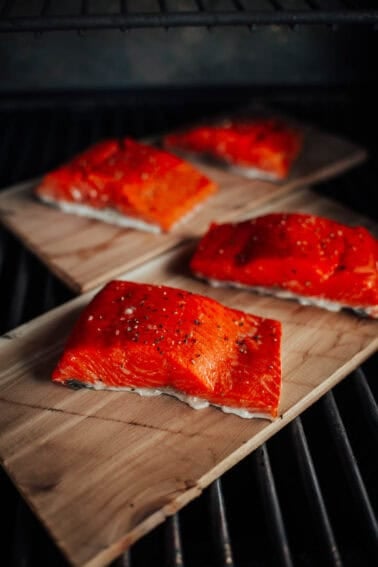
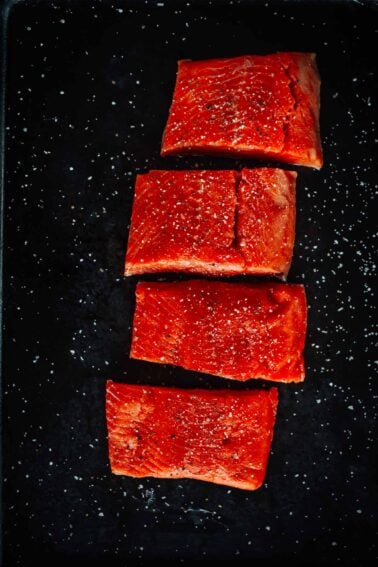
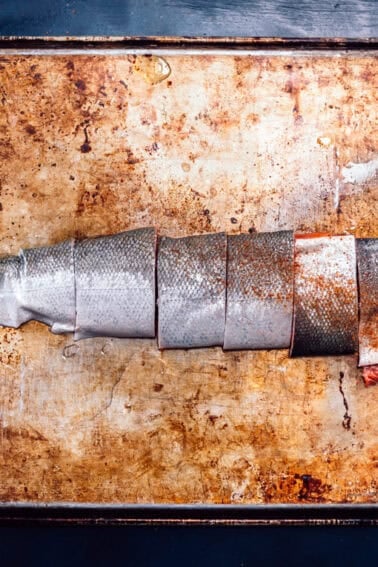
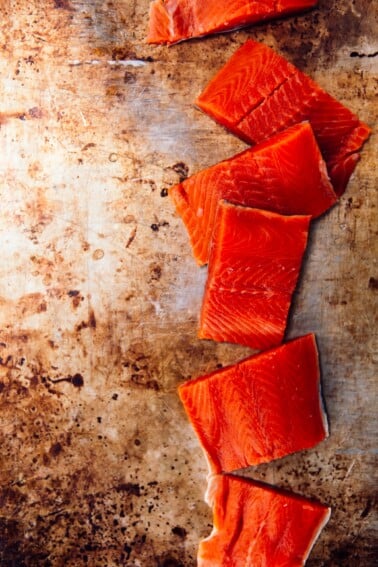









Great article on the magic of cooking with bone-in cuts! I’ve always heard about the benefits, but this piece demystified the science behind it perfectly. I’m intrigued by the mention of bone marrow enriching dishes with umami flavors. Any suggestions for recipes using bone-in pork chops? The enhanced flavor must be incredible. Thanks!
We make pork chops once a week – they are easy to cook and we love the added flavor of the bone. You can pan sear bone in chops
, bake or grill them. Hope this helps.